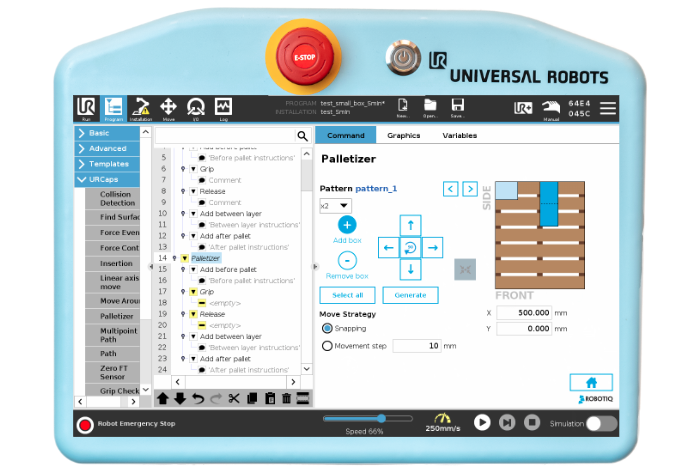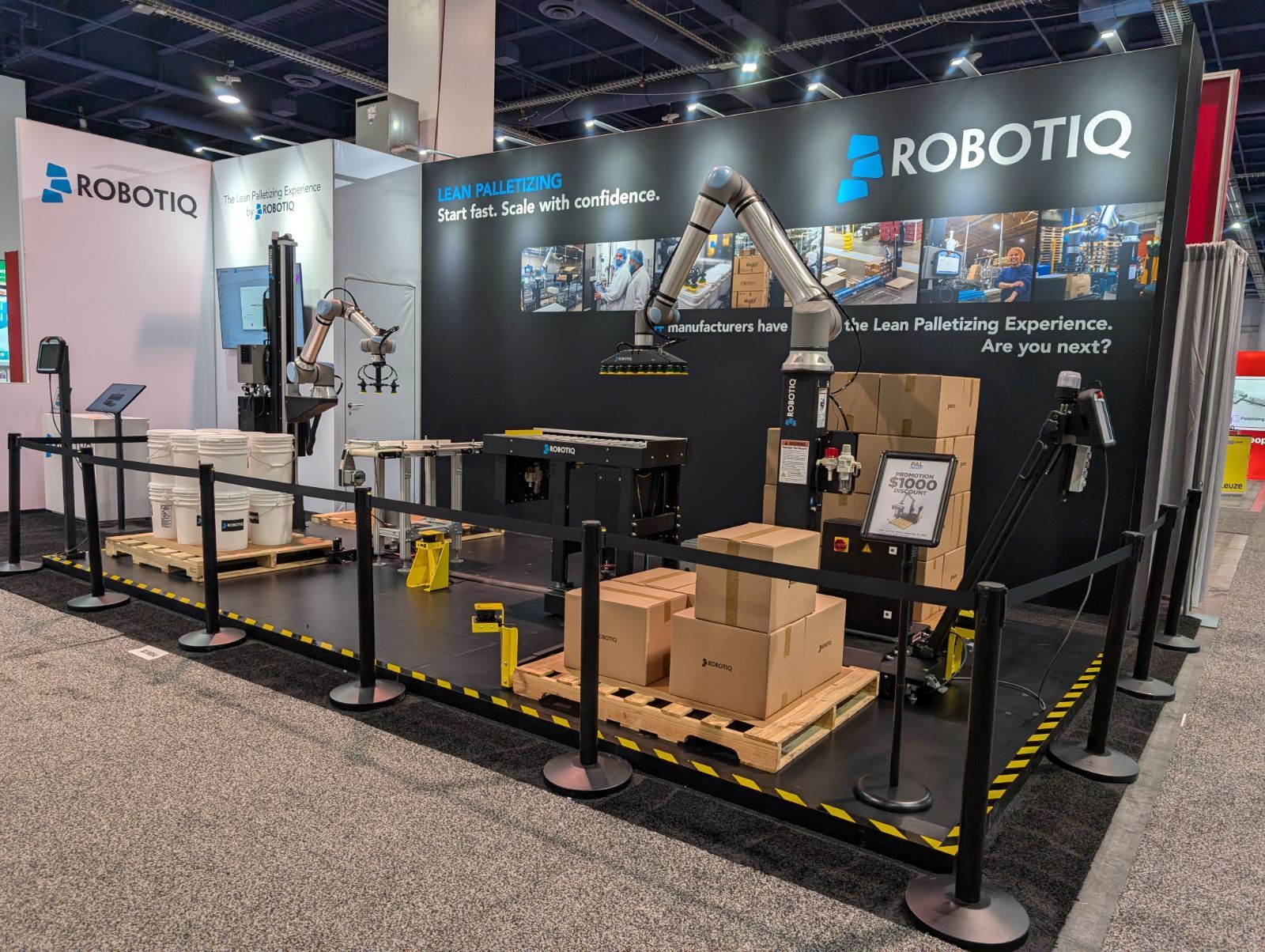The Cost of Automation: Do the Numbers Really Add Up?

Posted on Dec 07, 2022 in Automation
5 min read time
It's no secret that automation can have a huge impact on the way you do business. But does the cost of automation match the value it brings?
From improving manufacturing efficiency to streamlining customer service, automation is helping many companies to reduce their costs and offer better quality products.
If you're a little skeptical of automation, this is understandable. It's wise to weigh the costs and benefits of any new technology before you accept it into your business.
What is the cost of automation?
Does the cost match the value that automation could bring you?
And how does automation compare to other solutions such as outsourcing or hiring more people?
It's helpful to clearly understand the costs and values of automation so you can ensure you get the most from automation technology.
What is the cost of automation?
The cost of automation is the expense you incur to design, deploy, and operate automated systems in your business. For robotic automation, this includes the cost of all the robotic elements of the system plus the time and cost needed to deploy the robot for your chosen task.
For many people, cost is one of the most important factors when choosing a robotic solution. When you are deciding whether to automate a process, you should carefully consider the upfront costs, ongoing maintenance costs and the long-term return on investment (ROI).
Factors that affect the upfront cost of an automation solution include the cost of:
-
The robotic manipulator itself.
-
Any end effectors you need for the task.
-
Programming software if not included.
-
Sensors and safety devices if necessary.
-
Integration and training costs.
Maintenance needs vary depending on the type of robot you are using. However, factors that can affect ongoing maintenance costs include the costs of:
-
Replacement parts.
-
Software support and upgrades.
-
Labor to repair and maintain the system.
-
Electrical and pneumatic energy to run the system.
-
Preventative maintenance.
Some automation solutions are designed to keep these costs to a minimum. However, it's helpful to clarify such costs when you are still in the decision phase of your robot deployment.
What's the value of automation?
Whatever the cost of your robotic solution, you need to ensure that it generates more value than you invest.
For many companies, the value of automation lies in its ability to streamline production, simplify quality control, and improve consistency. As robots can work 24/7 without breaks, automation also brings value by increasing productivity compared to only using human workers.
Probably the easiest and most helpful way to determine the value of your solution is to calculate the return on investment (ROI).
Various factors affect the ROI of a robotic solution and these may vary depending on the type of application you are using. For example, here is a guide to calculating the ROI for surface finishing.
We have created a multi-purpose ROI calculator tool that you can use to calculate the specific ROI you can achieve for your chosen robotic application.
How does automation compare as a method to reduce costs?
Of course, automation isn't the only way to reduce costs in your business.
There are plenty of other methods you can use to save time, money, and energy in your business. Some can be used in collaboration with automation.
Ways that some companies reduce costs include:
-
Reducing overtime to save on extra wages.
-
Implementing a Kaizen system in the business.
-
Investing in new equipment (such as robots).
-
Making changes to streamline the production process.
-
Raising product prices to improve profit margins.
-
Cutting staff numbers.
-
Eliminating employee benefits.
-
Reducing product quality.
Some of these methods are good ways to reduce costs. However, other methods – such as cutting staff, eliminating benefits, or reducing quality – are problematic for the business in the longer term.
Automation vs outsourcing: What to consider
A common alternative to automation is to use outsourcing. This sometimes allows companies to get work done cheaper than if they were to complete that work in-house, especially if the provider is in a lower wage area of the world.
Compared to automation, there are some disadvantages to outsourcing.
With outsourcing, it can be difficult to find quality, reliable suppliers that can meet your needs in the long term. With robotics, you set the quality standards yourself and use the technology to ensure you meet them.
With offshore outsourcing, there is a risk that world events (such as a global pandemic or supply chain failures) can disrupt your operations. With robotics, you can "reshore" previously offshored processes to keep production local.
With outsourcing, there is a risk that you lose control over your own processes and operations. With robotics, all your processes remain in-house and completely under your control.
For many companies, outsourcing is often chosen for bureaucratic reasons, not practical reasons. However, when the same companies remove these bureaucratic roadblocks, automation becomes the preferred solution.
The cost of robots vs humans
Another alternative to automation is to hire more human workers.
This can be a good option but only if you have a ready supply of workers who are willing and able to take on the jobs. For many companies in many industries, this is just not the case right now.
Labor shortages are a real problem for companies in some regions of the world. This means that hiring human workers is more expensive and harder to achieve. Robotic automation provides a reliable way to add extra capacity and capabilities to your business by getting the most from the people you already have.

Is the cost of automation really worth it?
Automation can add significant value to businesses. It can help companies to reduce costs and maximize the value of their human workers.
Ultimately, it's up to you to decide if the cost of automation is worth it for your specific business.
Consider the costs, benefits, and risks of adding automation before deciding if it is the right course of action for you. Weigh your options carefully and you can be sure to succeed.
What other options are you considering to reduce costs? Tell us in the comments below or join the discussion on LinkedIn, Twitter, Facebook, or the DoF professional robotics community.





-1.jpg)

Leave a comment